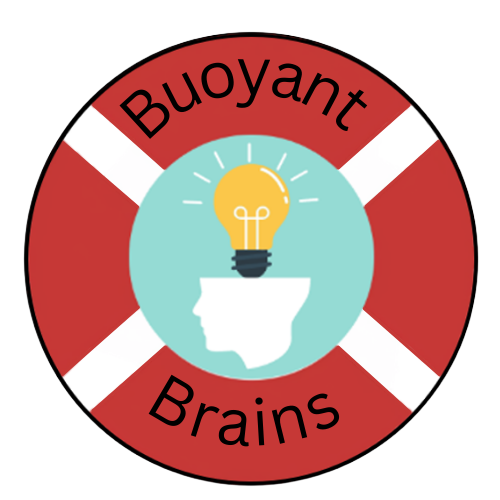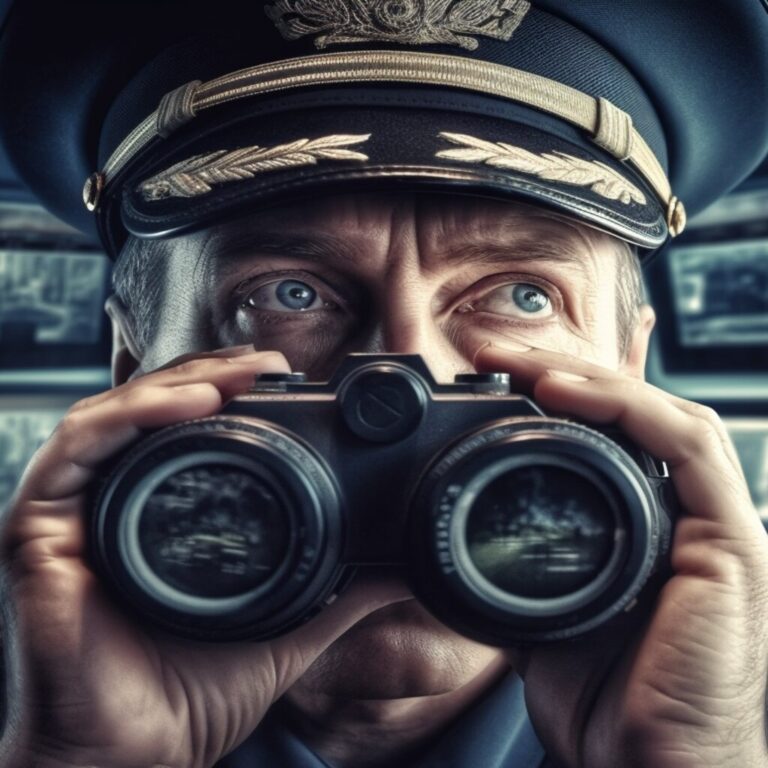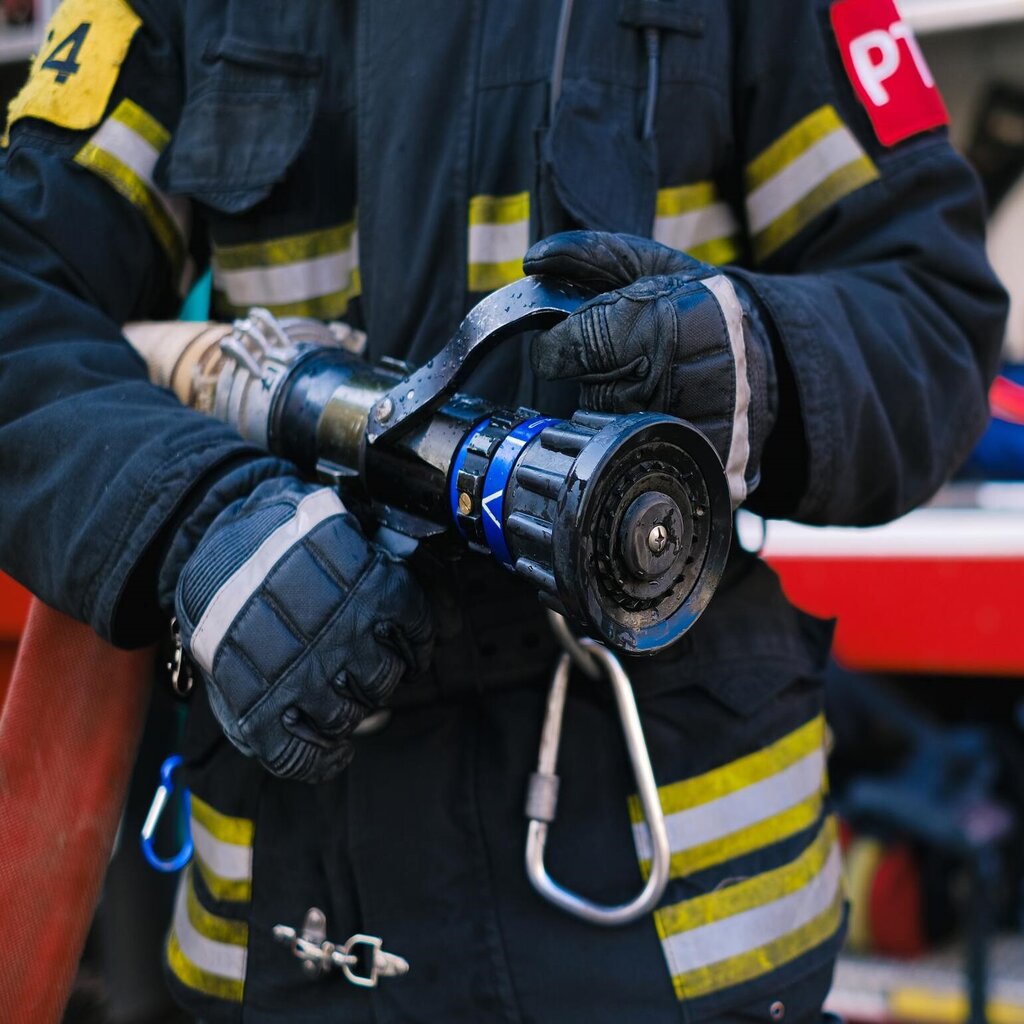Simple Sailing
Nautical learning made easy
Welcome to Buoyant Brains.
We aim to provide maritime information presented in an enjoyable, engaging, and easy to understand manner which can be accessible for everyone, whether you’re in college or at sea.
The website is currently on going, so we would appreciate your patience. However, feel free to navigate through the website and find the content that has already been created. To start exploring, simply scroll down or use the menu above. Let’s embark on your journey to maritime mastery together.
COLREGS
Dive into our comprehensive resources on the International Regulations for Preventing Collisions at Sea (COLREGS).
Safety Drills
Improve your maritime safety skills with our extensive collection of resources on essential safety drills.






The first international maritime traffic regulations can be traced back to 1863, when the British Board of Trade took the initiative. This was in response to the tragic collision in 1854 between, S/S Arctic and S/S Vesta, which resulted in the loss of over 300 lives. Fast forward to 1972, and the modern-day IRPCS were established, and came into force in 1977.
The 1912 Titanic disaster, causing 1,500+ deaths, initiated the 1914 Safety of Life at Sea (SOLAS) convention, modernising maritime safety. The Titanic, measuring 269m long and 53m high, lacked adequate lifeboats. Its wreckage rests 3,800m deep in the North Atlantic.
The COLREGS received further improvement after the 1956 collision between the ocean liner SS Andrea Doria and the passenger ship MS Stockholm. This catastrophe underscored the necessity of clear communication and accurate navigation, catalysing improvements in collision prevention rules at sea.
The COLREGS were established for international waters, meaning some inland waterways, such as The Great Lakes, adhere to local rules. However, these local rules largely replicate the IMO's rules.
Deterining risk of collision at sea hinges on the aspect of a vessel. The COLREGS operate primarily on the visual appearance of a vessel, emphasising the importance of sight for collision prevention wherever possible. During poor visibility, navigators often resort to radar with sea-stabilised settings to determine the aspect and relative motion of nearby vessels, ensuring safer navigation.
Curious about 'posh'? Once thought to mean 'Port Out, Starboard Home', it allegedly described rich passengers' cabin preferences on Britain-India voyages to avoid the sun. However, this tale is debunked. The real origin of 'posh' is still a mystery.


